
Projects
Hessian scientists of various disciplines are using High Performance Computers for their research.

Hessian scientists of various disciplines are using High Performance Computers for their research.
Displaying 1 - 30 of 70
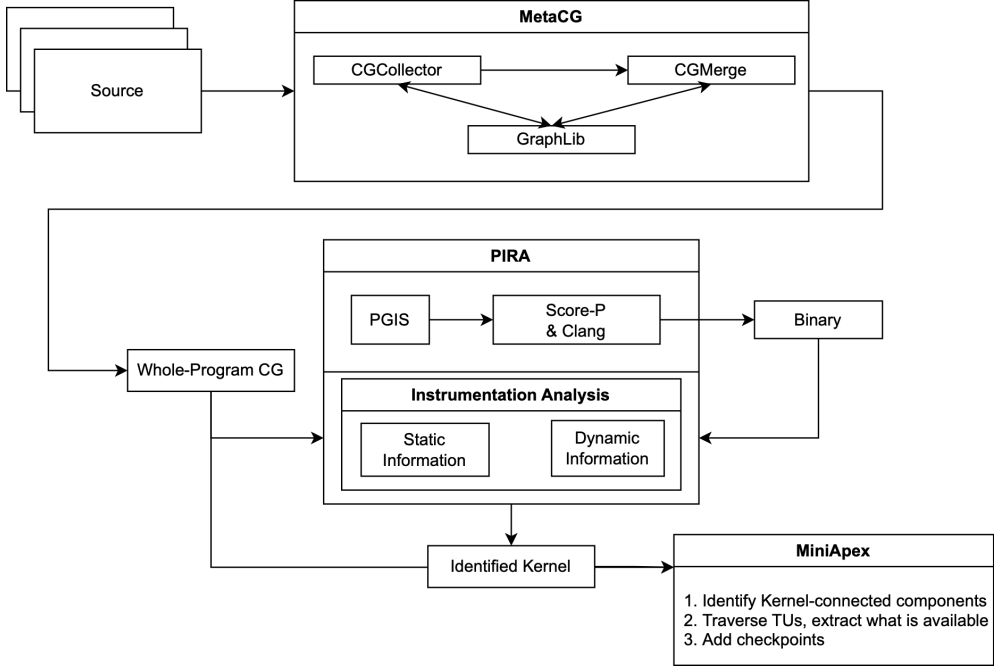
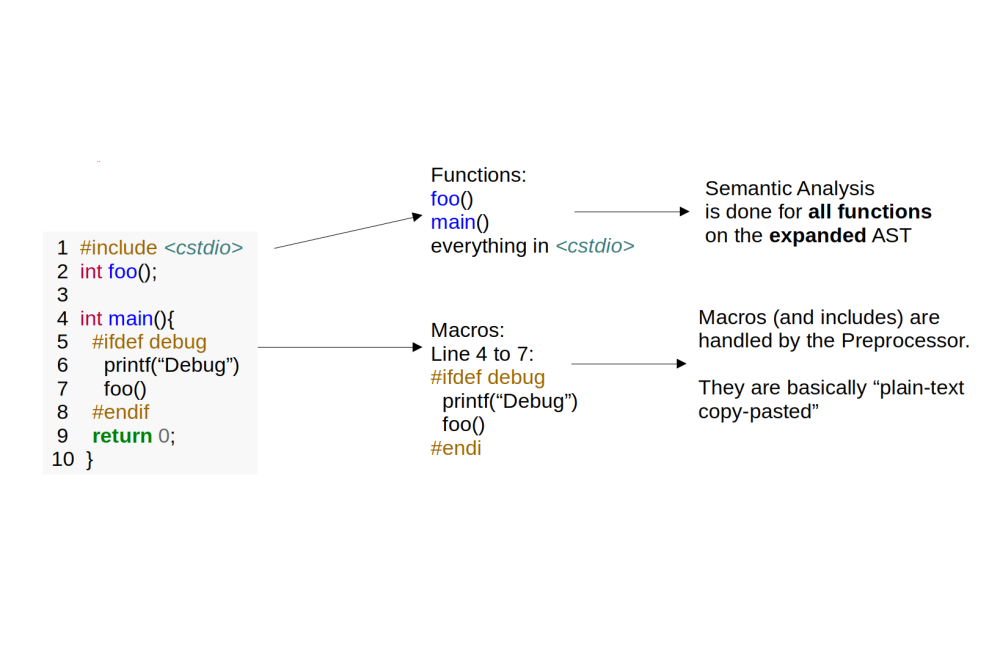

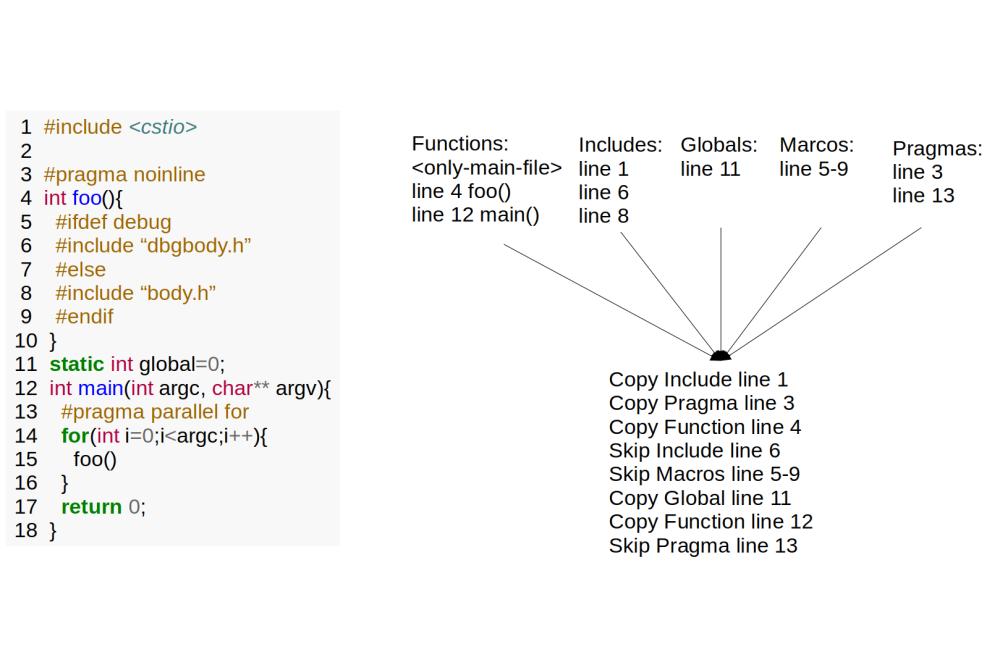
When procuring an HPC system, the system need to fulfill certain criterias, regarding performance but also energy ...

The human brain is an ever-developing complex organ – it does so even during adult life, e.g., as a reaction to learning ...
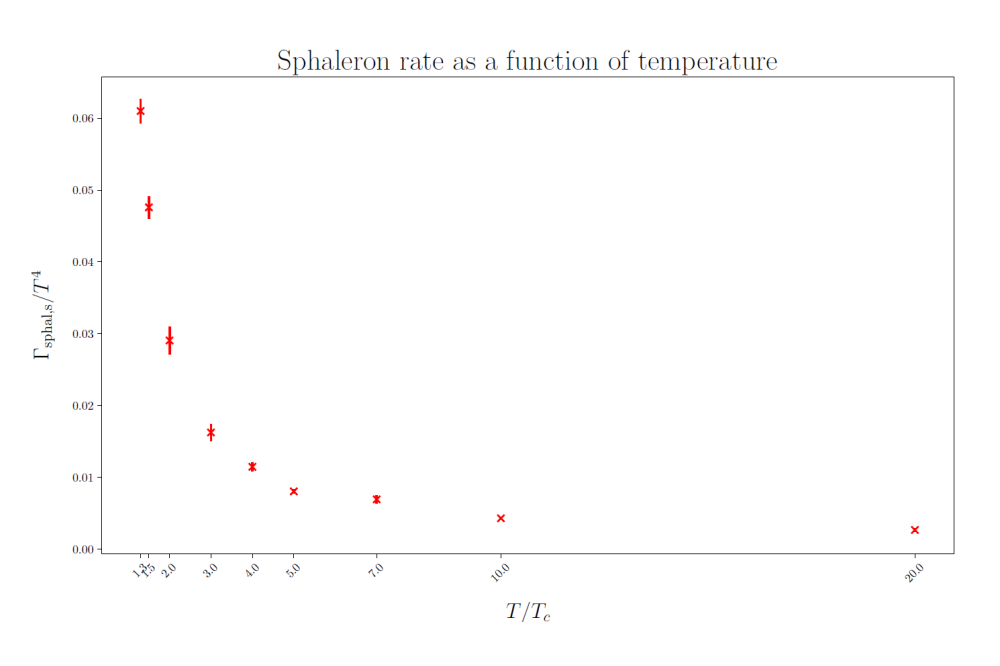
Quantum Chromodynamics (QCD), sometimes referred to as the strong force, explains the forces that govern atomic nuclei ...
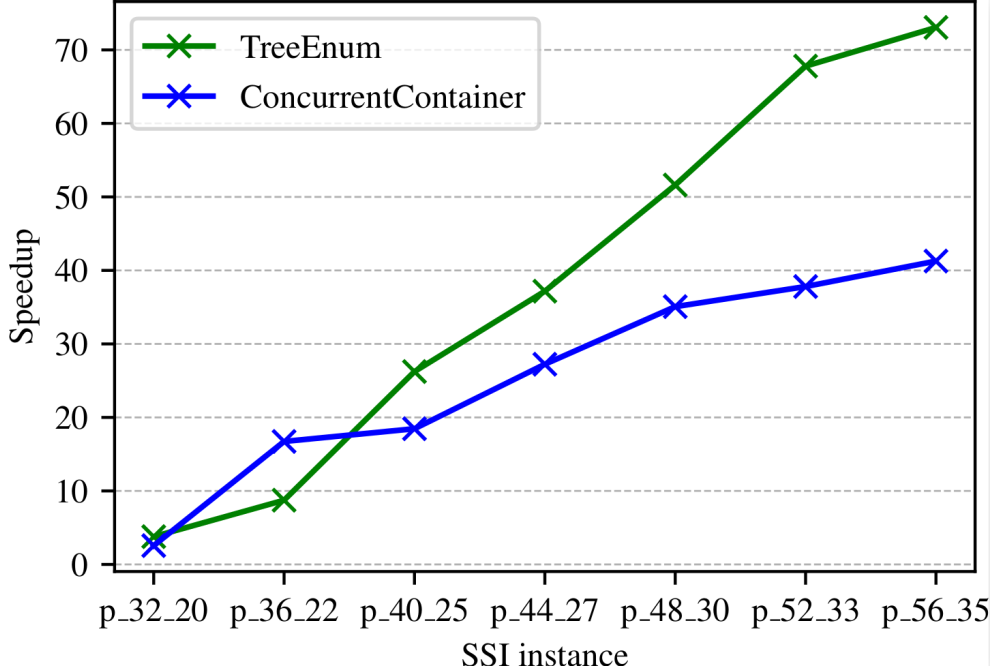
The project focuses on the cryptanalysis of the Supersingular Isogeny (SSI) path problem, which underlies the isogeny ...


The increase in complex cyber-attacks illustrates the vulnerability of society and information infrastructure. In ...
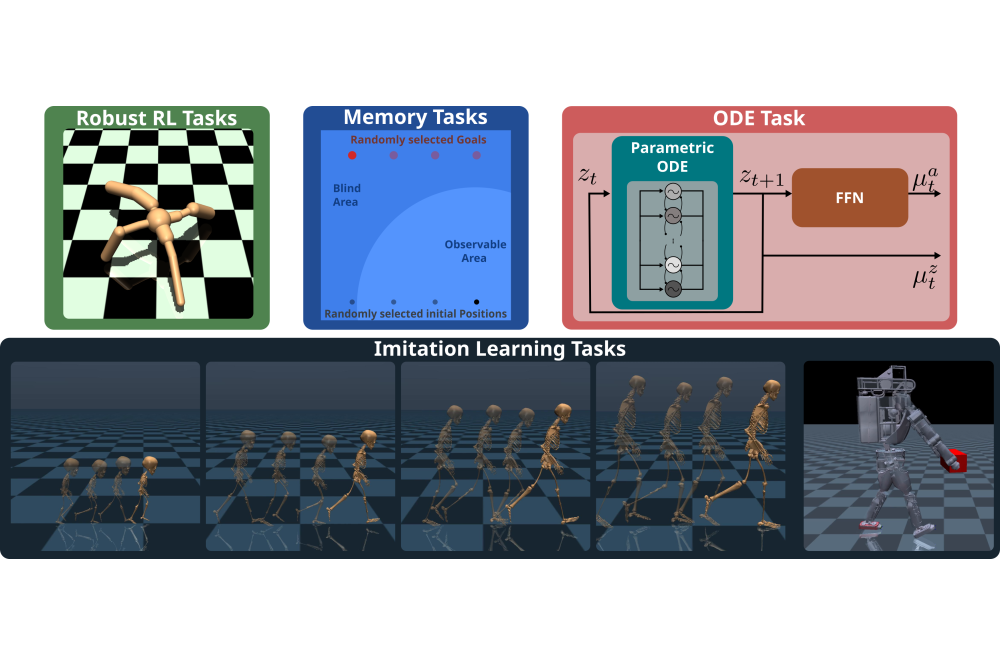
Understanding the underlying reward mechanisms of human locomotion and transferring this knowledge to humanoid robots is ...
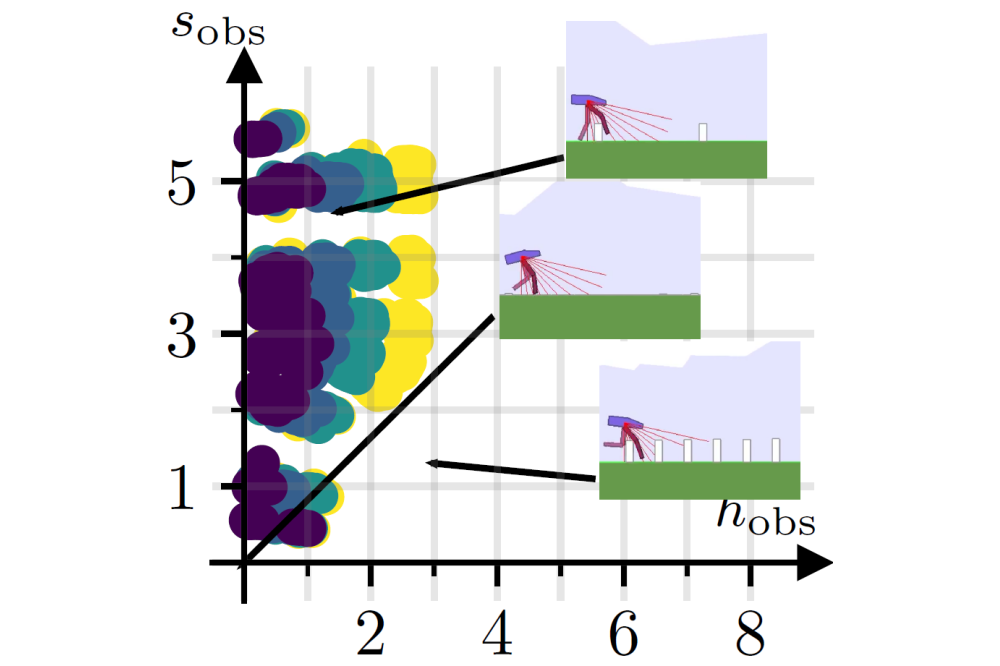
Reinforcement Learning (RL) is a promising tool for solving complicated control and decision-making tasks in a data ...
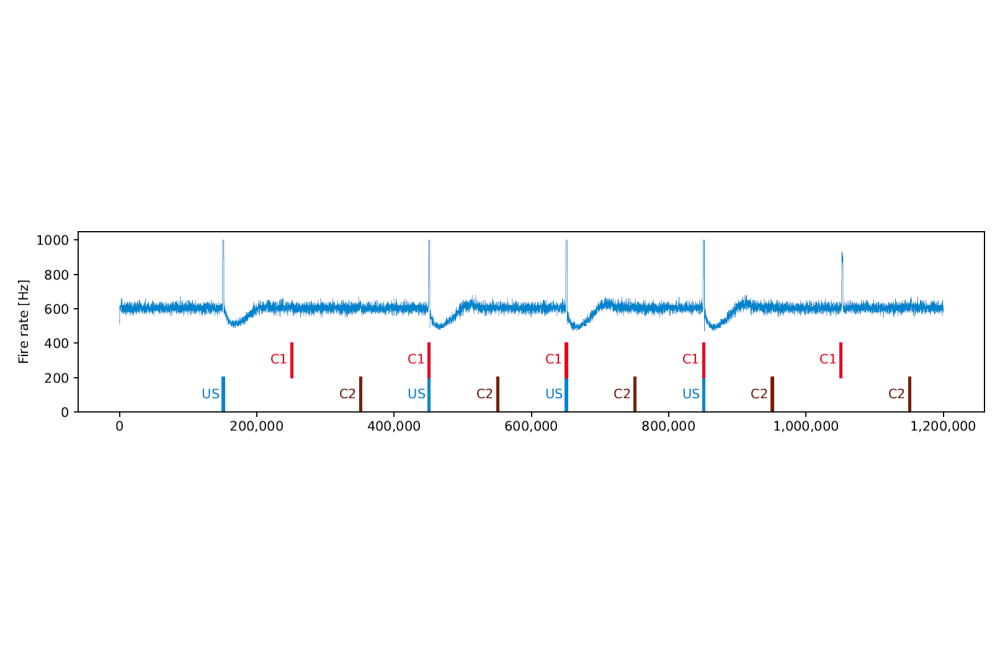

The human brain is a large structure (billions of neurons and orders of magnitude more synapses) that is not understood ...

Robotic manipulation stands as a largely unsolved problem despite significant advances in robotics and machine learning ...
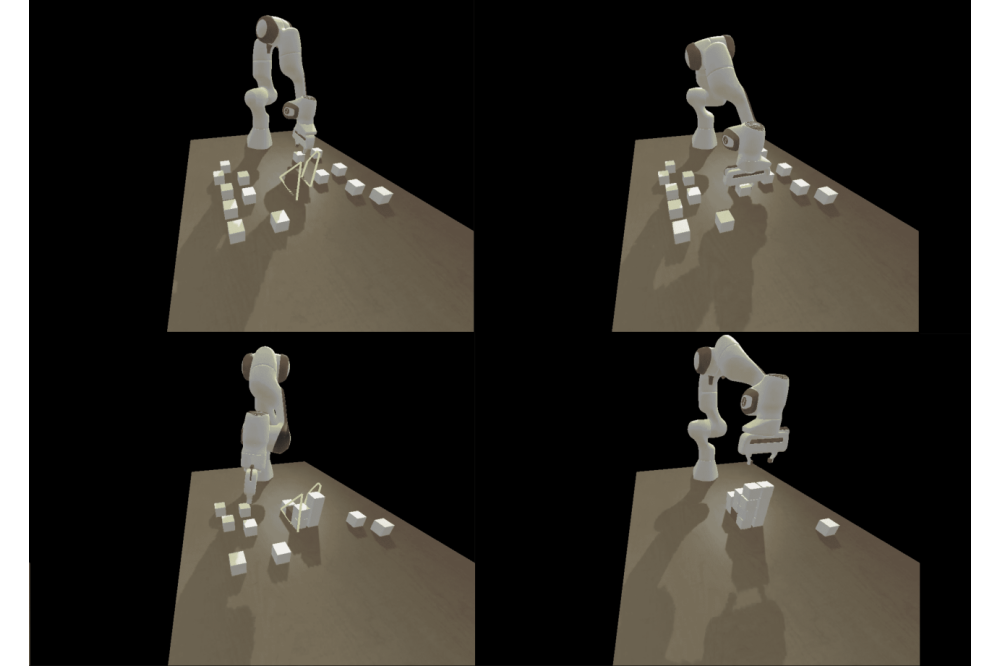

Autonomous robotic assembly requires a well-orchestrated sequence of high-level actions and smooth manipulation ...

With increasing system performance and complexity, it is becoming increasingly crucial to examine the scaling behavior ...
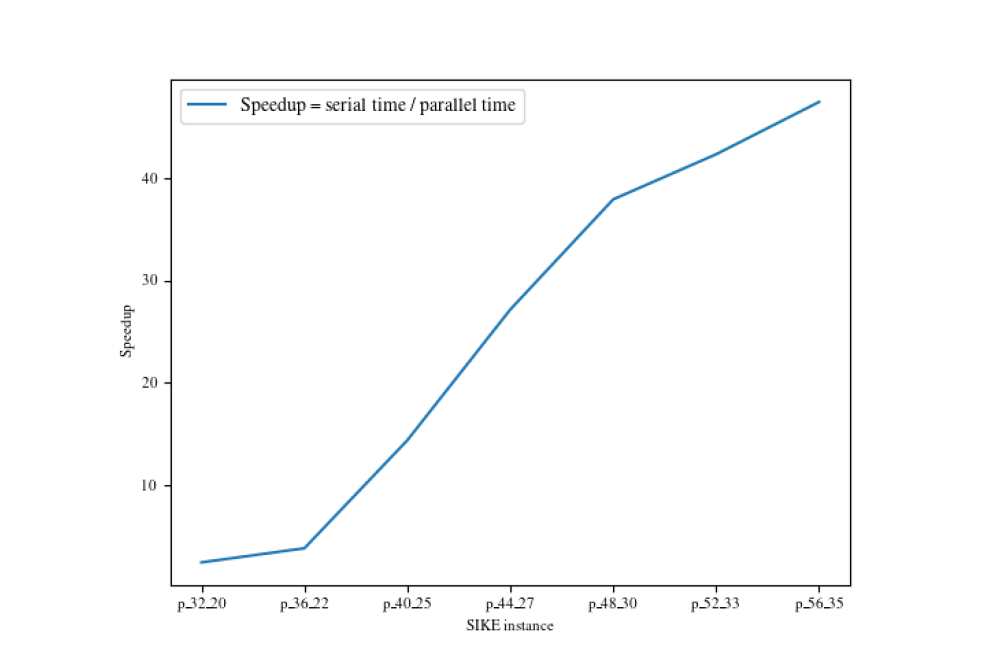
The project focuses on the cryptanalysis of the Computational Supersingular Isogeny (CSSI) problem which underlies the ...
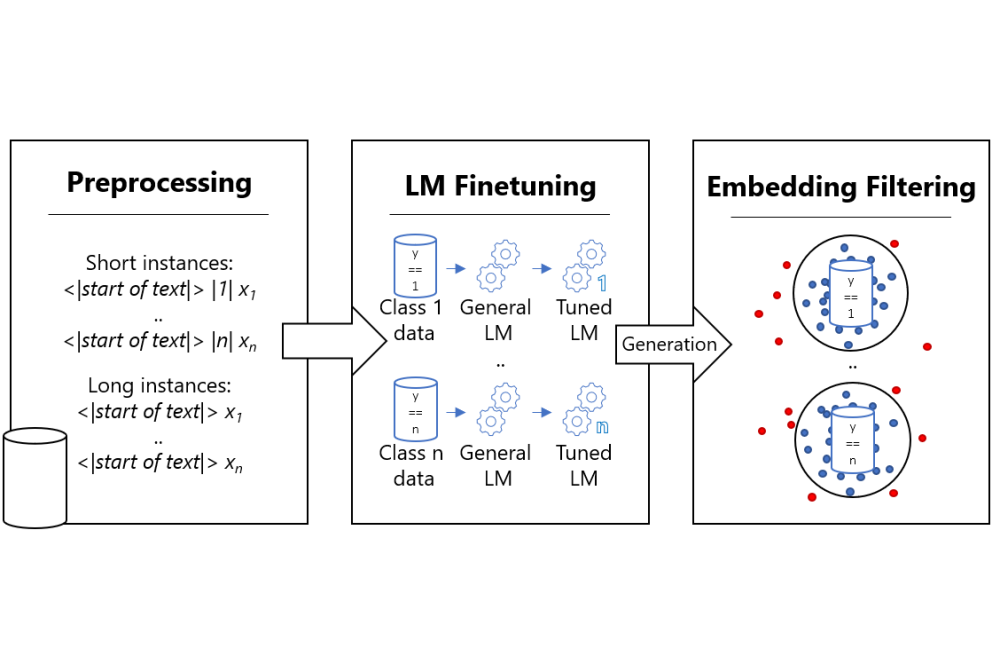
The increase in complex cyber-attacks illustrates the vulnerability of society and information infrastructure. In ...
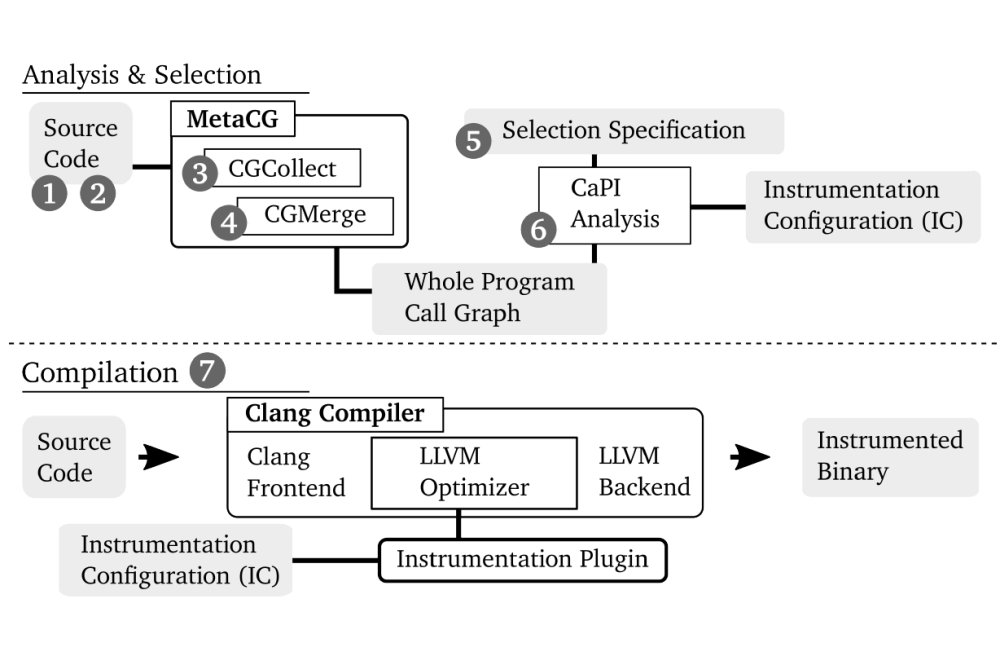
The exaFOAM project (https://exafoam.eu) aims at overcoming the current limitations of Computational Fluid Dynamics (CFD ...
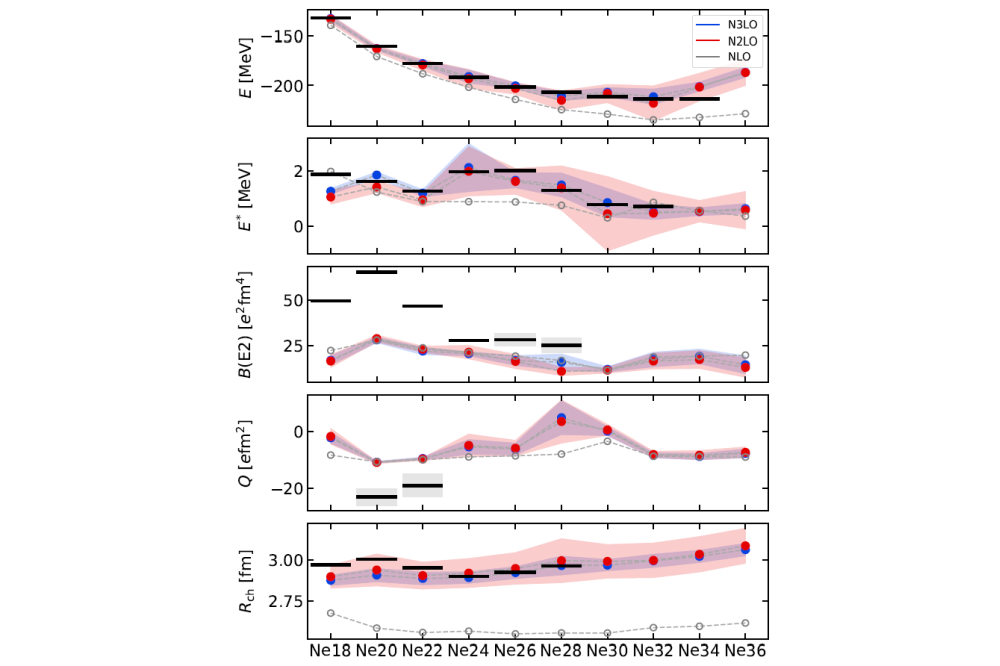
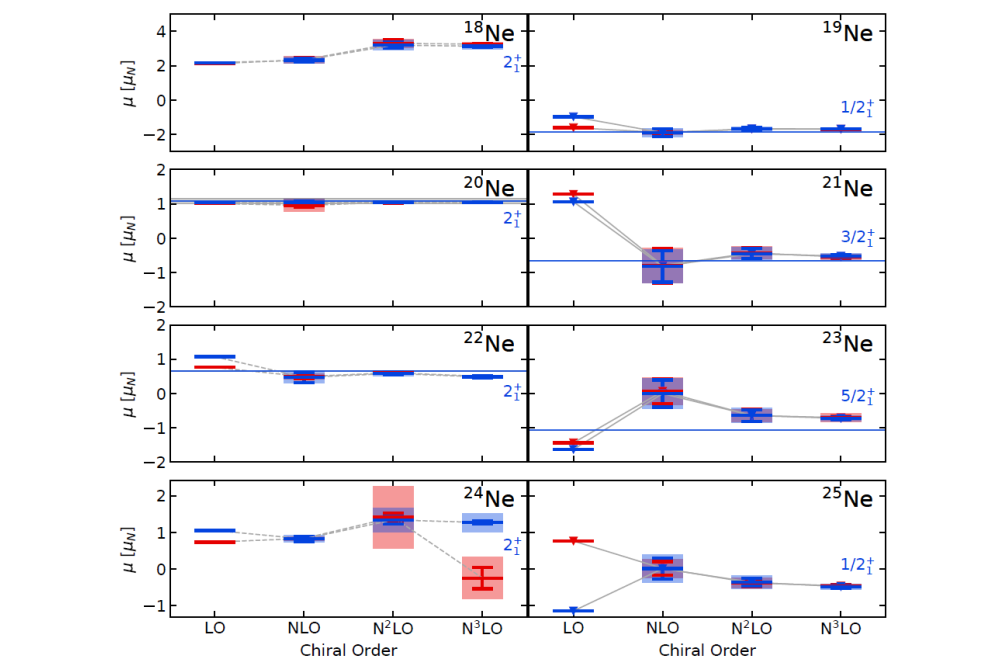
The ab initio description of nuclear structure phenomena has progressed tremendously over the past years. In particular ...

In variational inference, we want to approximate an intractable target distribution (often given as a posterior ...

The goal of ab initio nuclear structure theory is the description of nuclei from first principles without uncontrolled ...
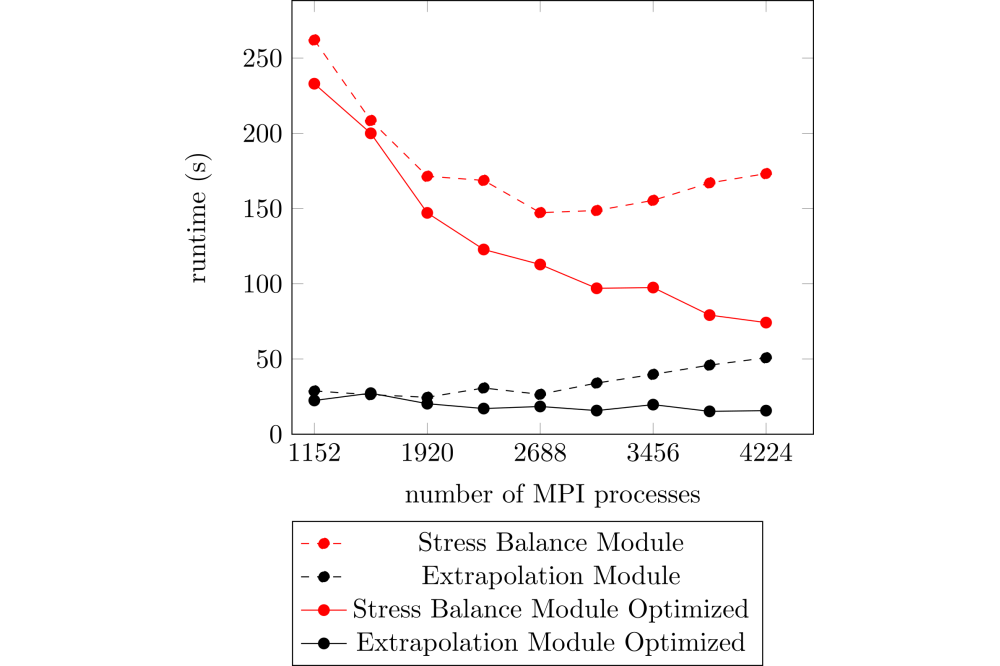
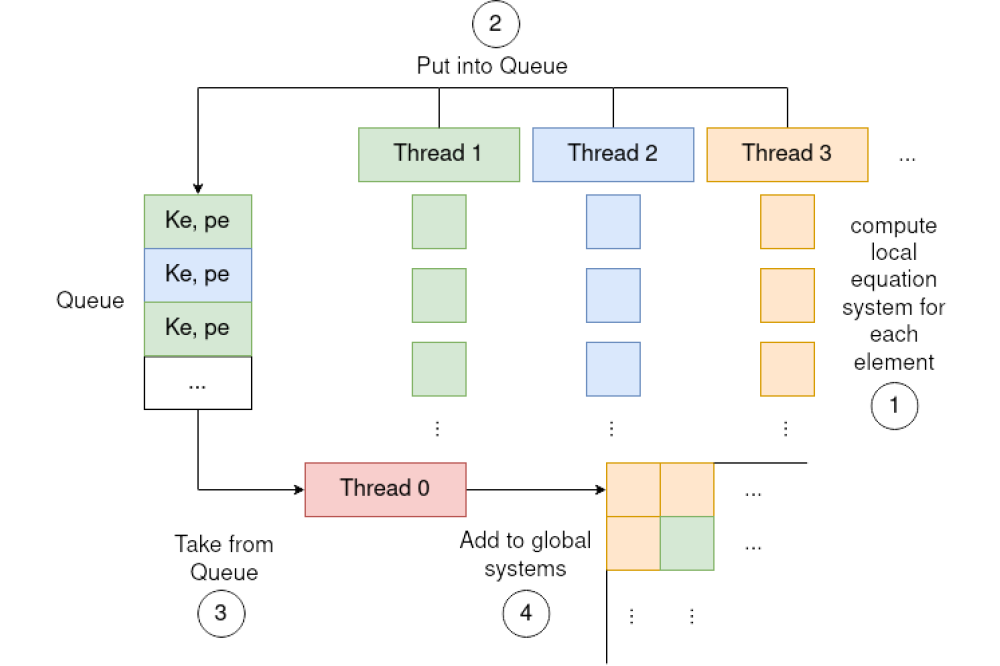
In previous project we investigated on the scaling and the load balancing of the Ice-sheet and Sea-level System Model ...

Typical HPC applications represent simulations of large scientific problems. Usually, these applications alternate ...
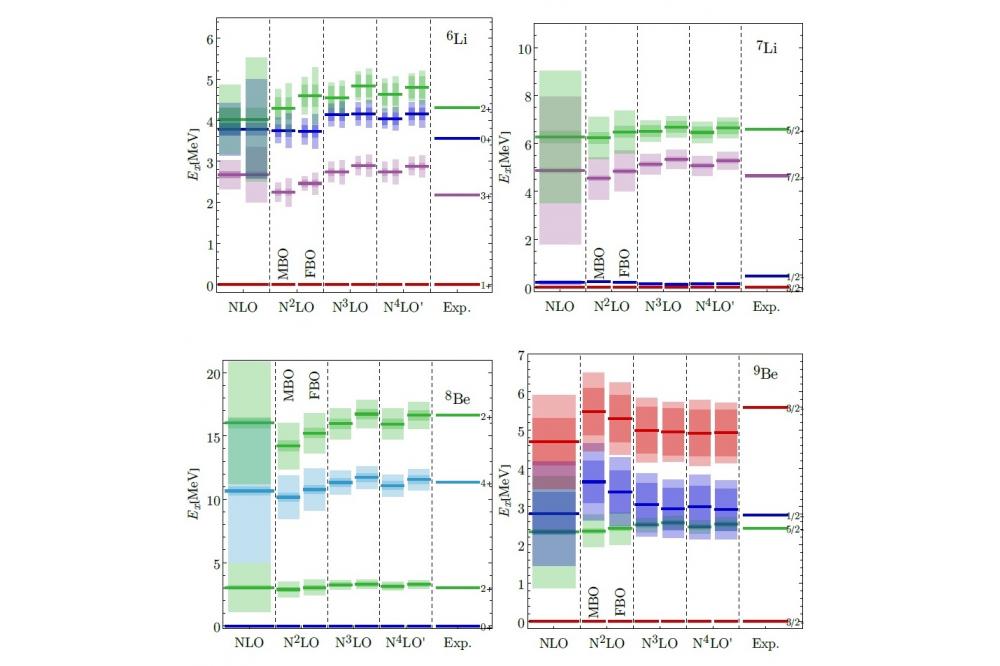
The prime goal of ab initio nuclear structure theory is the description of correlated systems of many nucleons based on ...
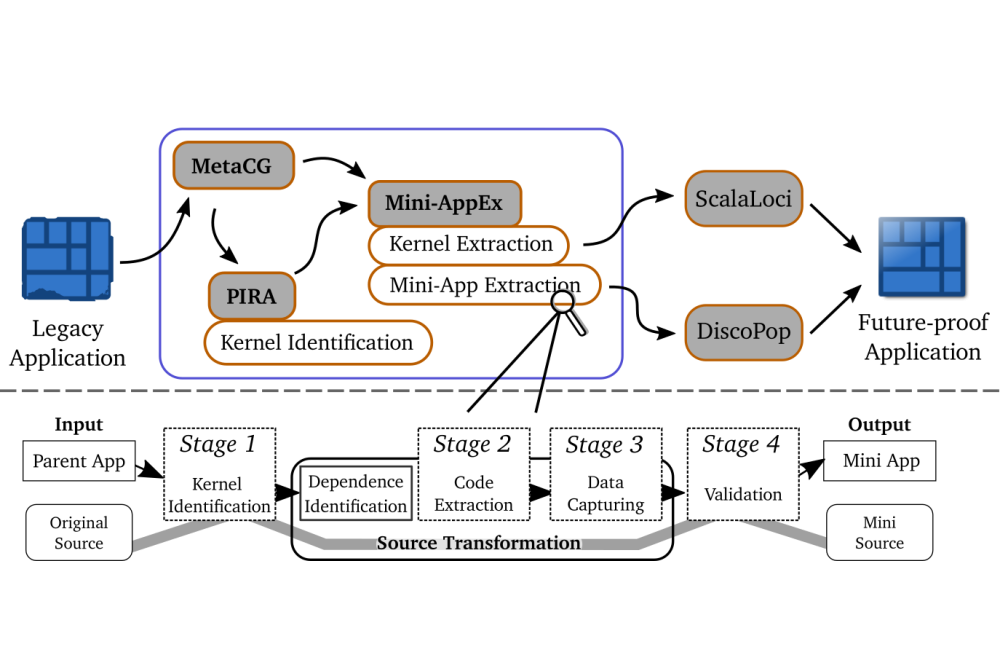
The Software-Factory 4.0 (SF4.0) is a 4-year LOEWE1 project funded by the German State of Hesse and involves several ...
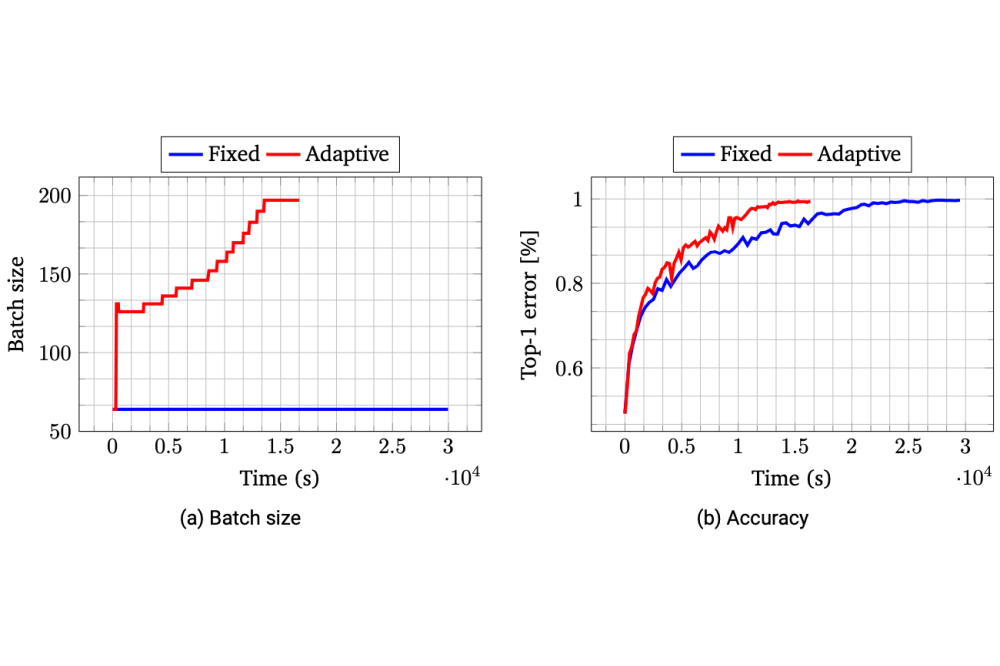
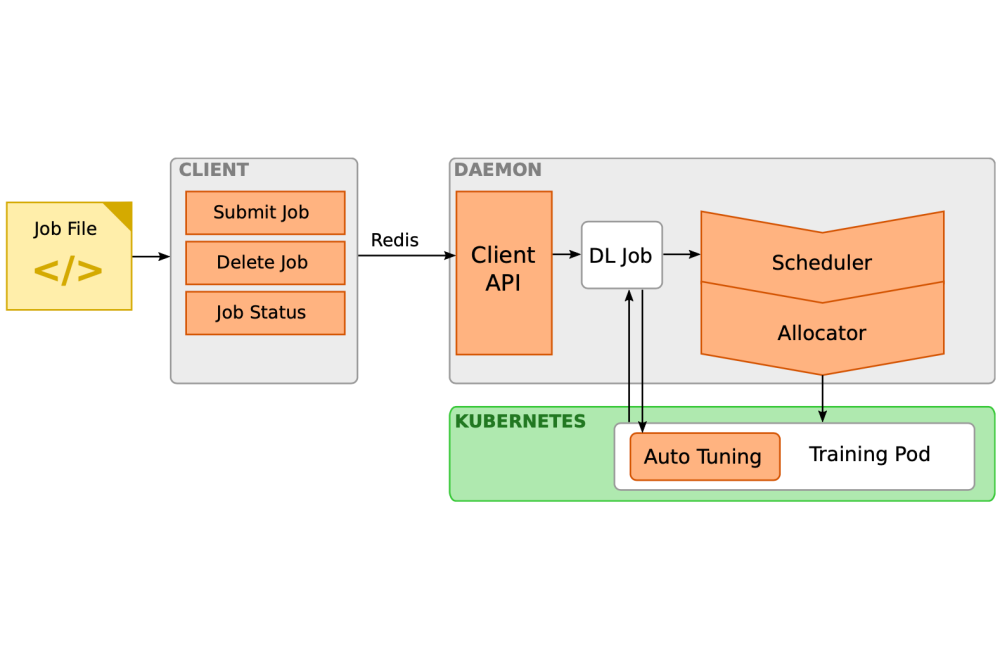
Within the last decade, deep neural networks have attracted much attention from academia and industry. Such a wide ...
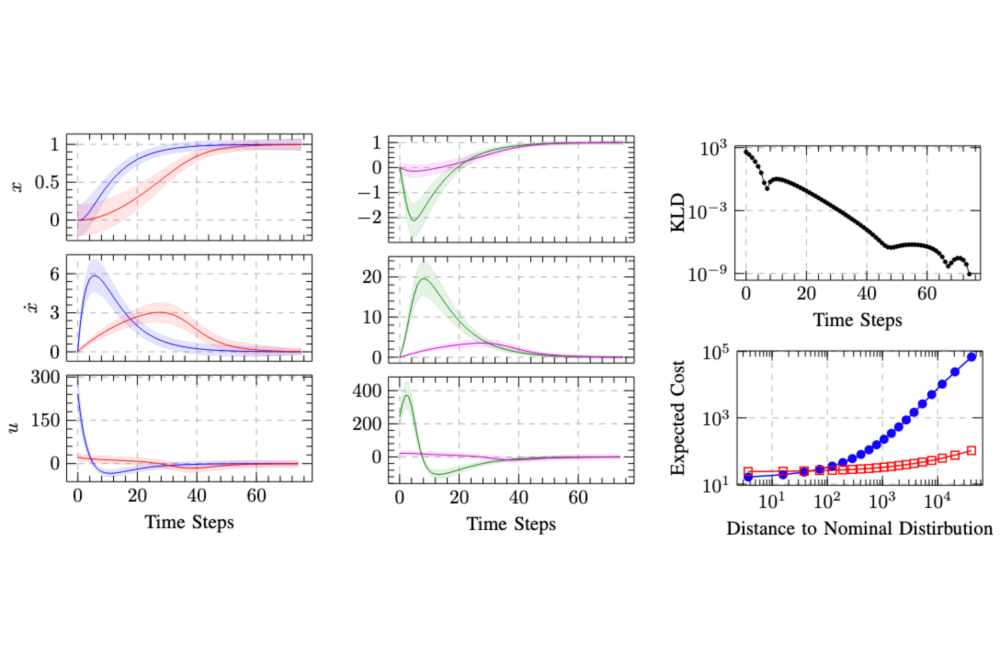
Trajectory optimization and model predictive control are essential techniques underpinning advanced robotic applications ...
The ab initio description of nuclear structure phenomena has progressed tremendously over the past years. In particular ...

Reinforcement Learning is a powerful approach to achieve optimal behaviour. However, it typically requires a manual ...
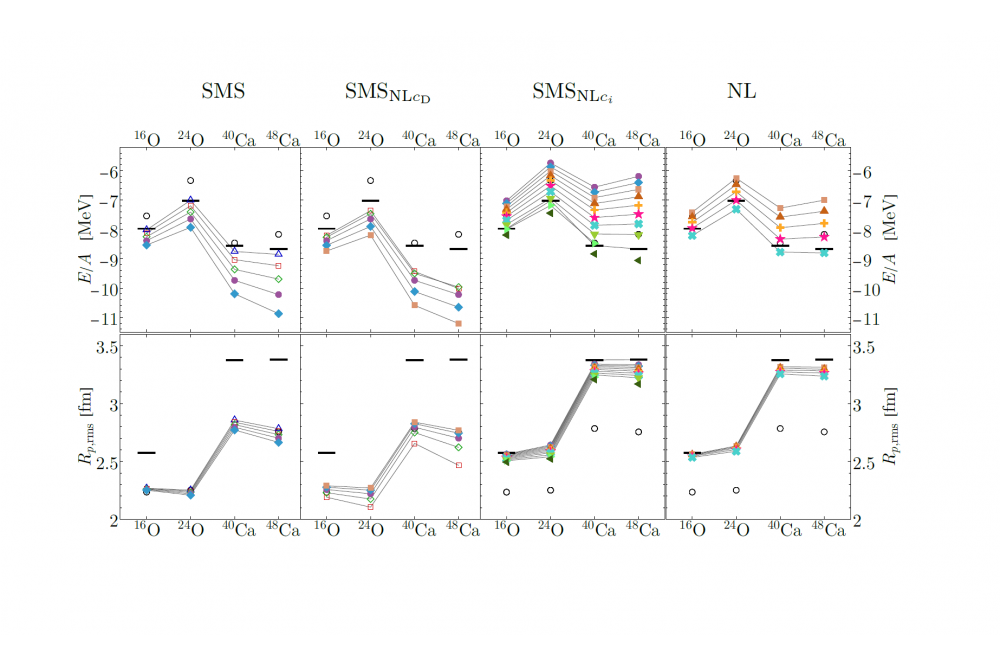
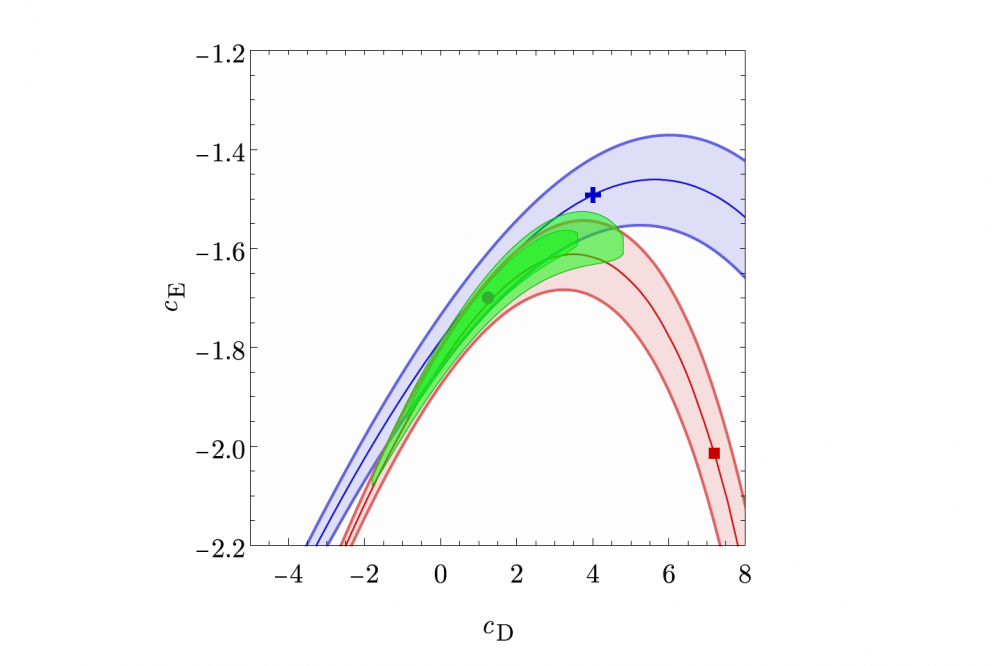
The goal of ab initio nuclear structure theory is the description of nuclei from first principles without uncontrolled ...
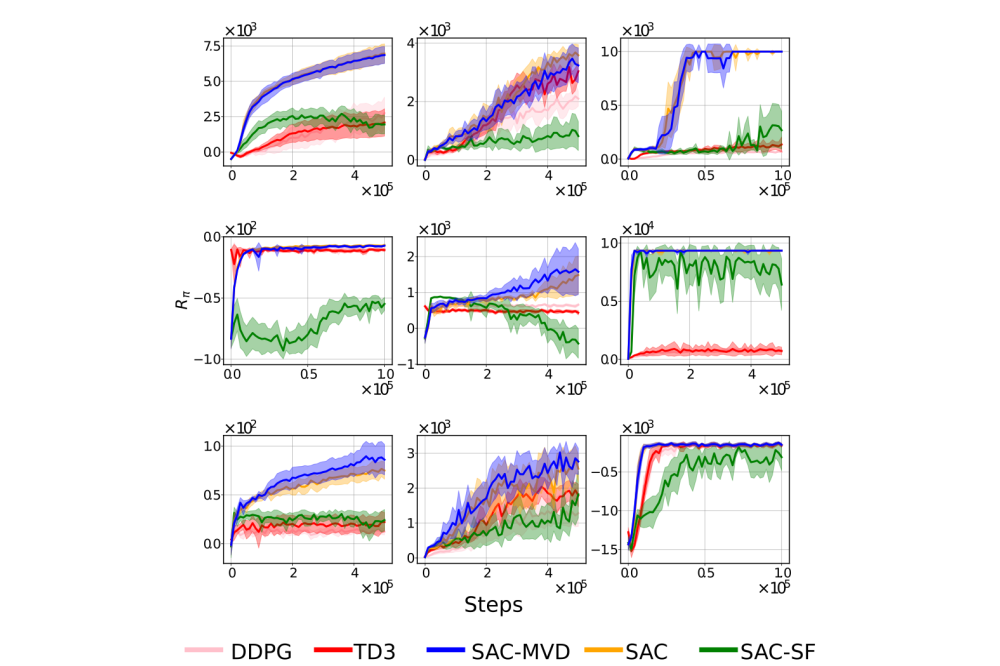
Reinforcement learning methods for robotics are increasingly successful due to the constant development of better policy ...
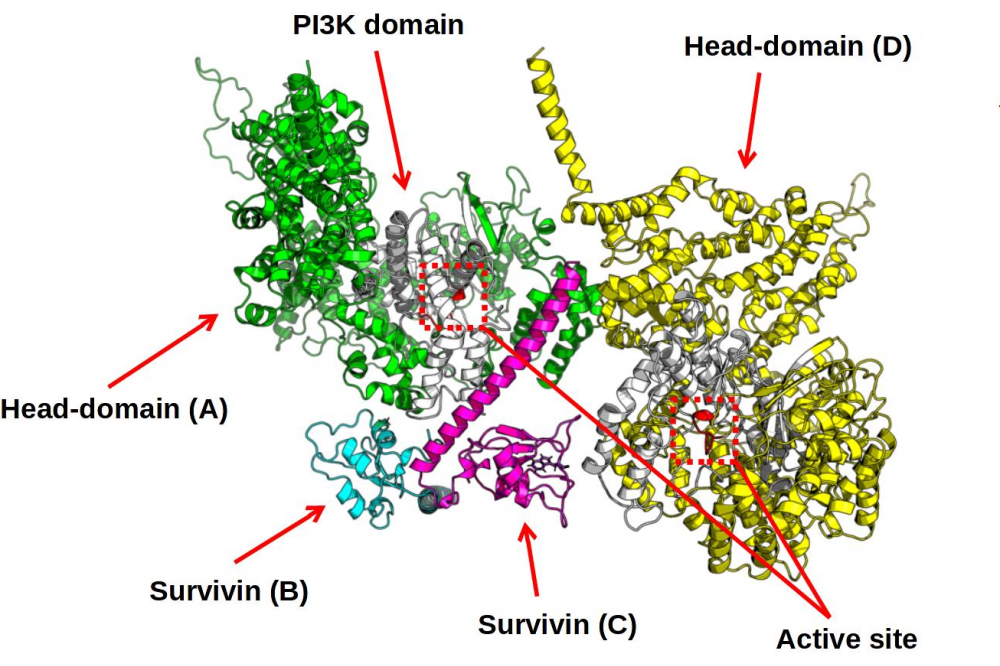
DNA-PKcs is a gateway protein of the Non-Homologous End Joining DNA Repair Pathway. Which is the process of repairing ...

Empirical performance modeling is a proven instrument to analyze the scaling behavior of HPC applications. Using a set ...
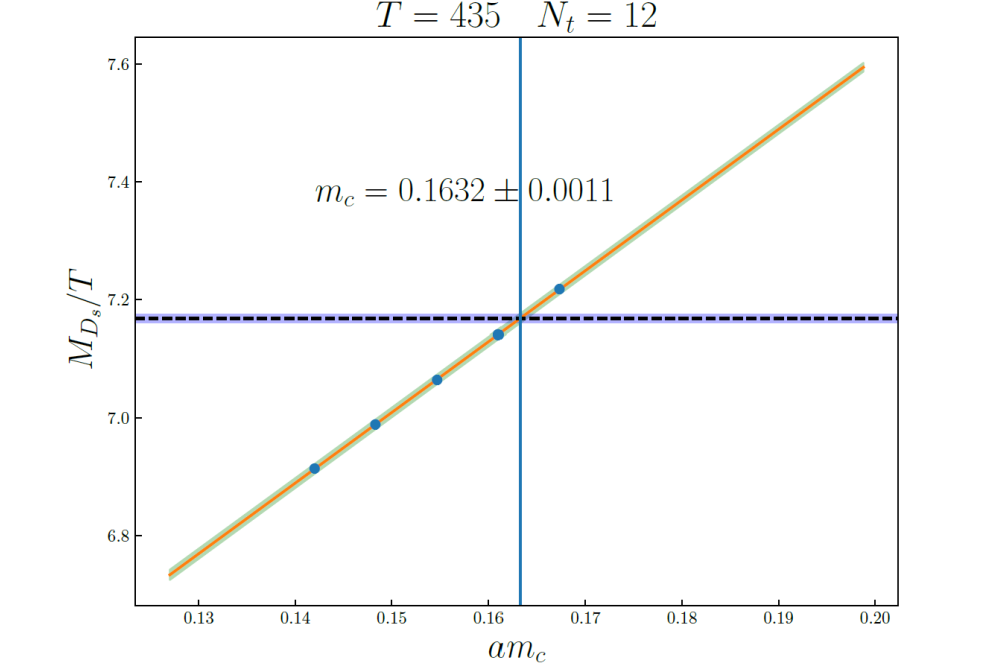
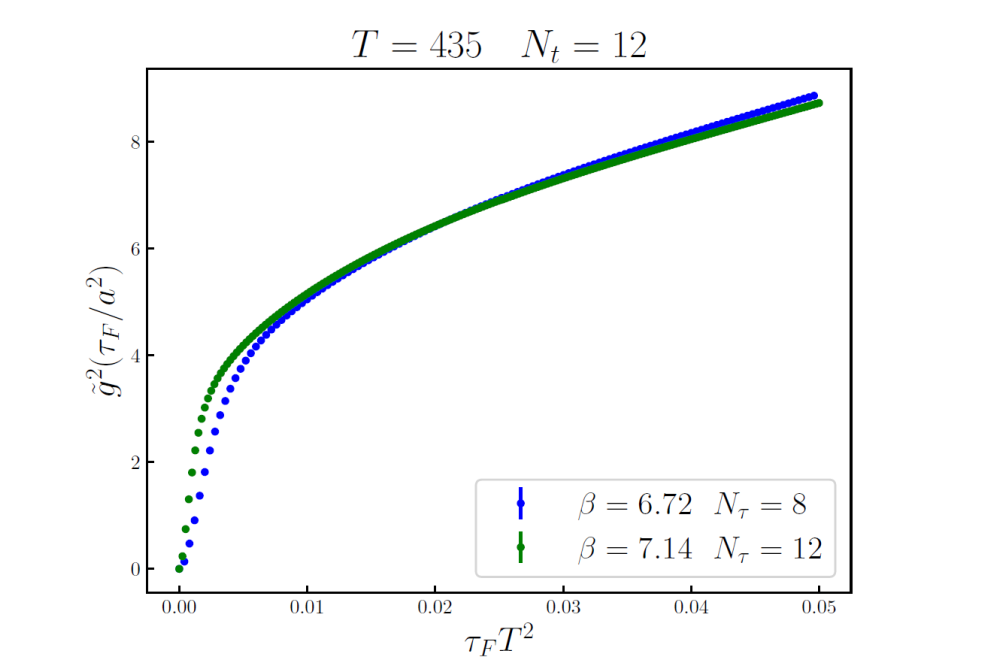
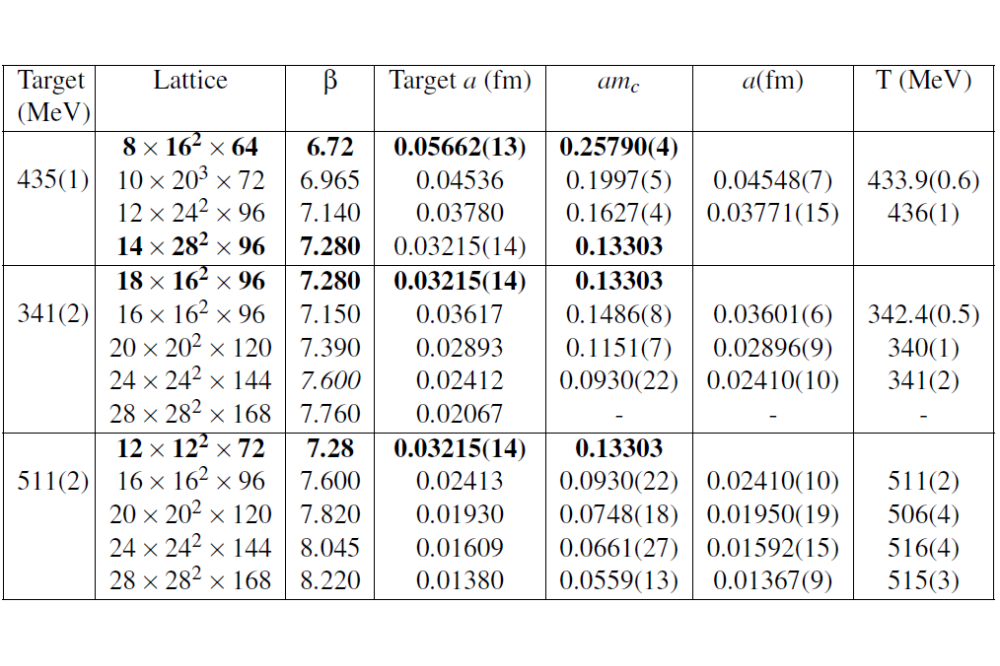
The overarching goal of our research project is the determination of the QCD topological susceptibility Xtop(T) at very ...



